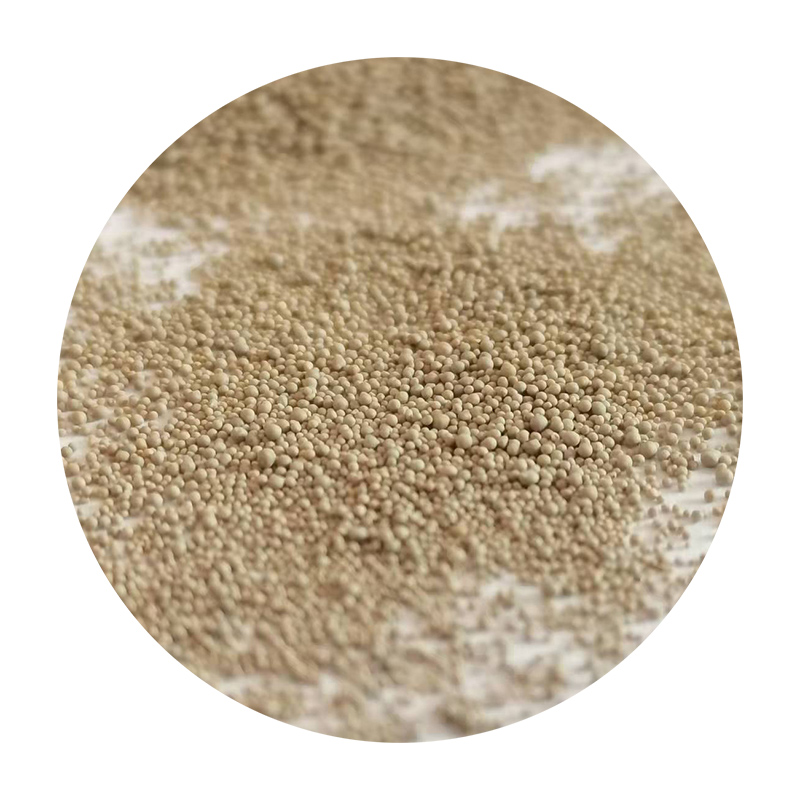Sand 3D Printing Revolutionizing Construction and Design
In recent years, the burgeoning field of 3D printing has expanded into various industries, bringing forth innovative solutions to some of the most pressing challenges. Among these advancements, sand 3D printing has emerged as a groundbreaking technology that holds significant promise for construction, manufacturing, and artistic endeavors. Utilizing sand as a primary material, this method offers unique advantages, particularly in terms of sustainability, cost-effectiveness, and design versatility.
At its core, sand 3D printing involves the layer-by-layer deposition of sand, which is fused together using a binding agent or by selective laser sintering. This process allows for the creation of complex shapes and structures that would be difficult or impossible to achieve using traditional manufacturing methods. As a natural material, sand is abundant and widely available, making it an ideal candidate for sustainable production practices. This greatly reduces the environmental impact associated with sourcing and utilizing synthetic materials in construction and manufacturing.
Sand 3D Printing Revolutionizing Construction and Design
Furthermore, the environmental benefits of this technology cannot be overstated. By using locally sourced sand, the carbon footprint associated with transporting construction materials can be significantly reduced. Moreover, the precision of 3D printing minimizes waste, as only the necessary amount of material is used. This is especially important in an age where ecological considerations are at the forefront of industry practices. Companies are now tasked with finding ways to reduce waste and adopt sustainable practices, and sand 3D printing offers a promising avenue.
sand 3d print

In addition to its adoption in construction, sand 3D printing has found its way into the world of art and design. Artists and designers are embracing this technology to create intricate sculptures and installations that challenge conventional boundaries. The ability to craft detailed, three-dimensional objects with unique textures and forms opens new avenues for creativity. This technology allows for the realization of concepts that were once limited by traditional sculptural techniques, fostering innovation and pushing the limits of artistic expression.
The integration of sand 3D printing into various industries also brings with it opportunities for customization. As the market demands personalized products, the flexibility of 3D printing allows for bespoke designs tailored to individual preferences. This could range from custom architectural features to specialized prototypes in product development. As industries recognize the importance of consumer personalization, sand 3D printing becomes an invaluable resource for creating unique designs that resonate with customers.
Despite its advantages, there are challenges that come with the adoption of sand 3D printing. The technology's scalability can be a concern, especially when considering larger projects. There are also limitations in terms of strength and durability compared to traditional construction materials. However, ongoing research and advancements in material sciences continue to enhance the performance characteristics of 3D-printed structures.
In conclusion, sand 3D printing represents a significant evolution in manufacturing, construction, and design, paving the way for a more sustainable and efficient future. As industries increasingly prioritize sustainability and customization, the role of sand 3D printing is only set to grow. With the potential to revolutionize traditional practices, this technology empowers architects, artists, and manufacturers to explore new horizons in creativity and production. The shift towards more sustainable practices is crucial as we navigate the complexities of modern society, and sand 3D printing stands at the forefront of this transformative wave. Embracing such innovations will undoubtedly play a vital role in shaping the future of construction and artistic expression.
Post time:nov. . 19, 2024 18:10
Next:Understanding Molding Sand Types and Their Applications in Metal Casting Processes
